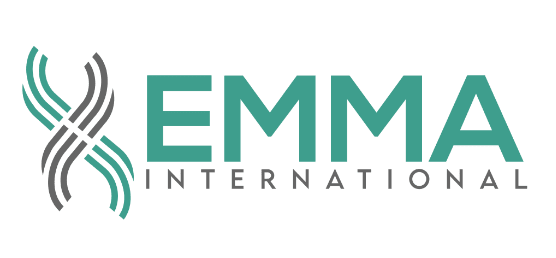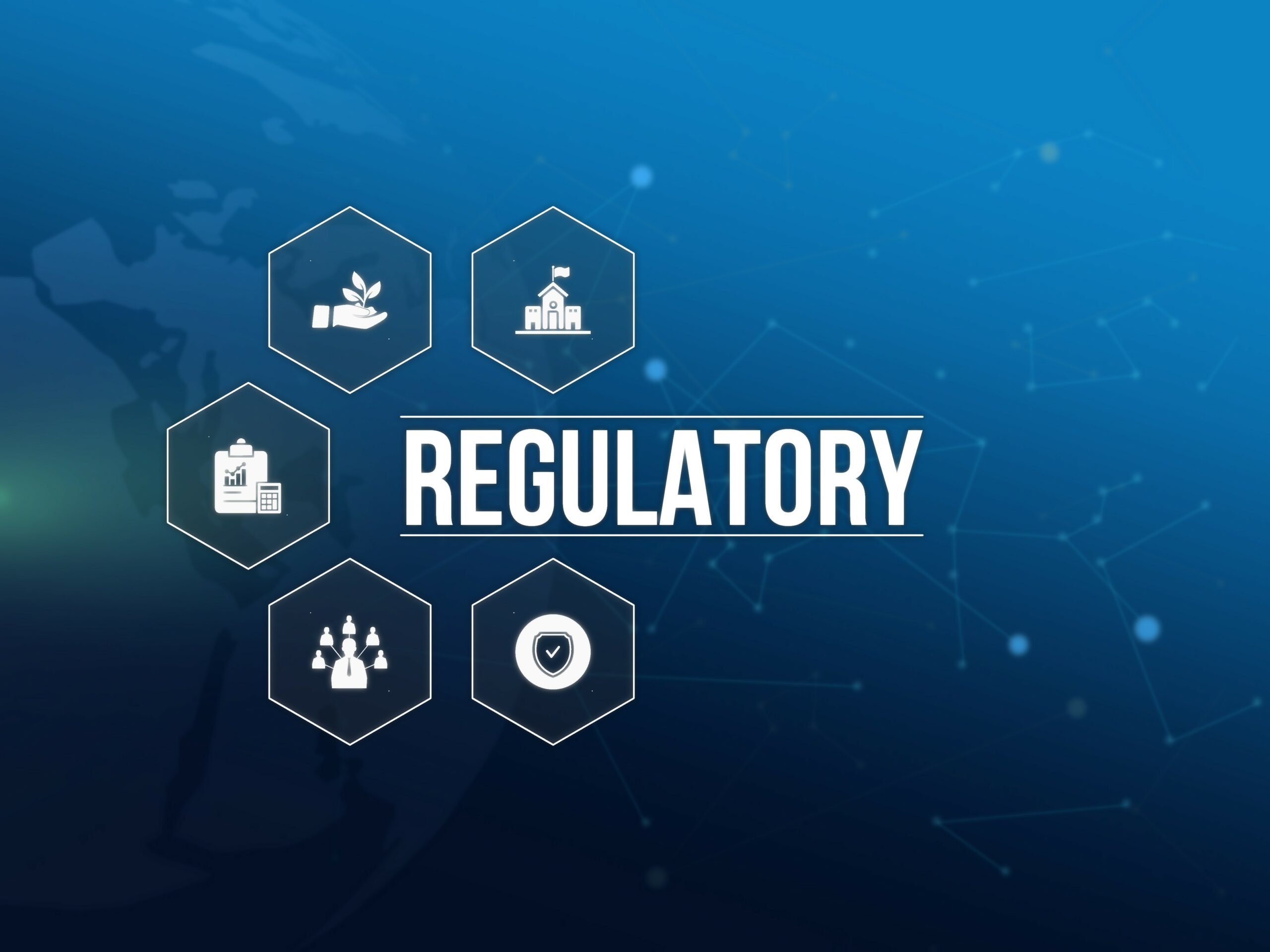I was taught to overcome obstacles to what I wanted in life. Initially, I learned of four ways: go under, go over, go around, or go through the obstacle. Going through the obstacles I have encountered has worked best for me, which is a confrontational approach.1
Some of the most challenging situations I have had to confront during my career have involved achieving compliance with regulations. In certain cases, the impact of achieving compliance seemed so awful that I could not justify it. Choosing not to comply with a regulation, however, meant choosing to break a law. I respect laws, so I needed to find an alternative with which I could live.
Following is the strategy I use to address regulations that do not work (for me):
- Become an expert on the regulation and purpose for it which, for medical devices, is to assure device safety and effectiveness/performance2,3, thereby, protecting users and patients from potential loss, injury, illness, or death.
- Respect regulators, those who work to uphold compliance with the regulation. The more difficult it is to enforce compliance with a regulation, the tougher their job is.
- Demonstrate commitment to the regulation’s purpose.
- Present facts that support the assessment that compliance with the regulation would do more harm than good for those the regulation is intended to protect.
- Ask for help from the regulator. Ask for help understanding the regulator’s interpretation of compliance or for help understanding the flaws in your analysis.
Note: In one case, I requested that the regulator help me explain the agency’s interpretation of regulatory compliance in a letter, so that I could present it to the company’s investors as justification for the time and cost required. The next day, the regulator reported that he had changed his interpretation of the regulation and agreed the approach I had recommended was acceptable. He confirmed our agreement in an email, which saved the company hundreds of thousands of dollars.
- Consider complying if the feedback from the regulator changes your mind.
- Negotiate a mutually acceptable alternative to achieving compliance if the regulator agrees with your analysis.
- If you and the regulator cannot come to an agreement, either:
- Develop a risk-based strategy for demonstrating compliance, or
- Shift to a business approach for which the regulation would not apply. The latter might require a business decision to discontinue provision of a product or service to a regulated market.
Want more information about achieving regulatory compliance, or help with negotiating regulatory solutions for your organization? EMMA International can help! Contact us via our website, by phone at 248-987-4497, or by sending an email to: info@emmainternational.com.
1 “Overcoming Obstacles”, Psychology Today © 2022 Sussex Publishers, LLC; by Karyn Hall Ph.D., published May 12, 2016, retrieved on 09/30/2022 from https://www.psychologytoday.com/us/blog/pieces-mind/201605/overcoming-obstacles
2 “Is Your Product Regulated?”, March 27, 2018, by the U.S. Food and Drug Administration, retrieved on 09/30/2022 from https://www.fda.gov/medical-devices/overview-device-regulation/your-product-regulated
3“EU MDR – What is it and why is it necessary?” © Copyright Saint-Gobain 2019; by Dorothy Wilkerson, published March 15th, 2021, retrieved on 09/30/2022 from https://www.medical.saint-gobain.com/about-us/blog/eu-mdr-what-it-and-why-it-necessary#:~:text=The%20EU%20MDR%20regulations%20are,users%20of%20these%20medical%20devices.





